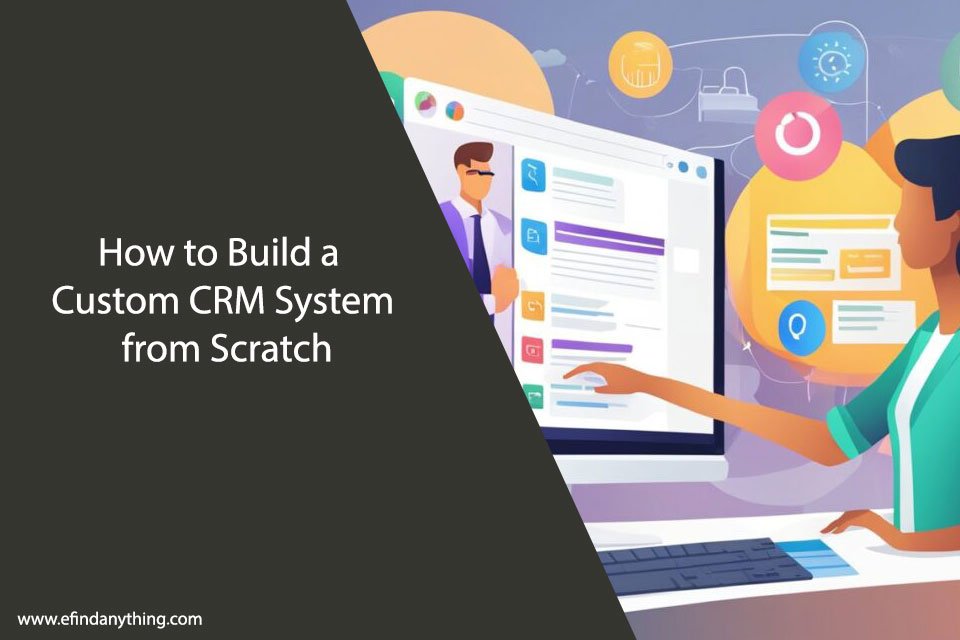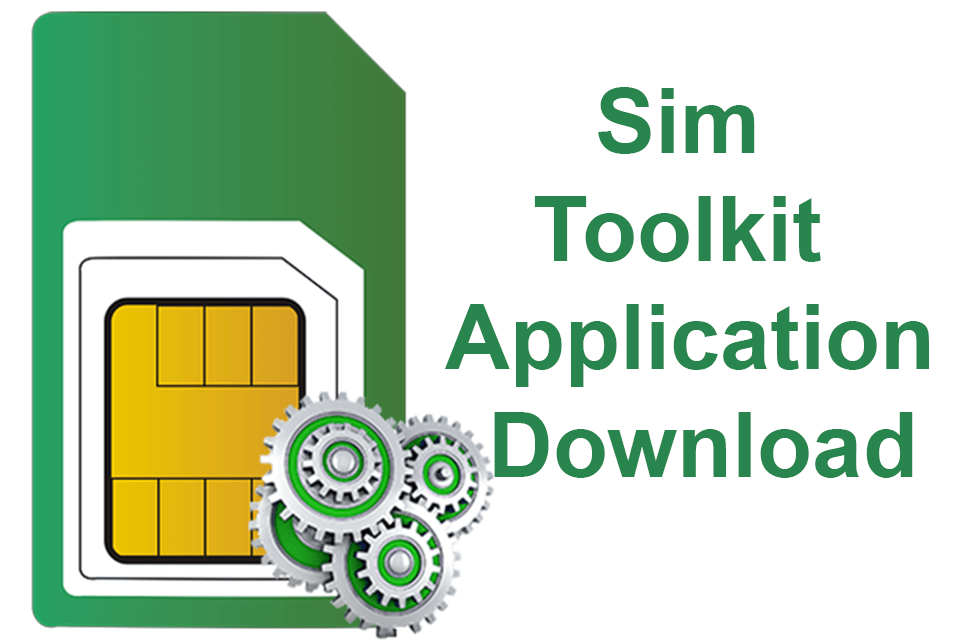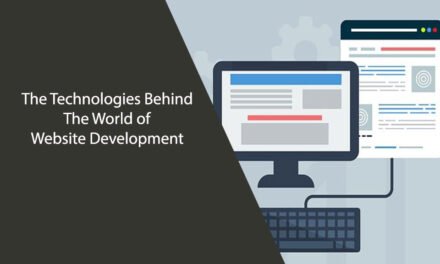Building a custom CRM can be a daunting task, but it can also be incredibly rewarding. A CRM, or customer relationship management system, is an essential tool for any business looking to manage their customer interactions effectively. A custom CRM allows businesses to tailor their system to their specific needs, providing a more efficient and streamlined process.
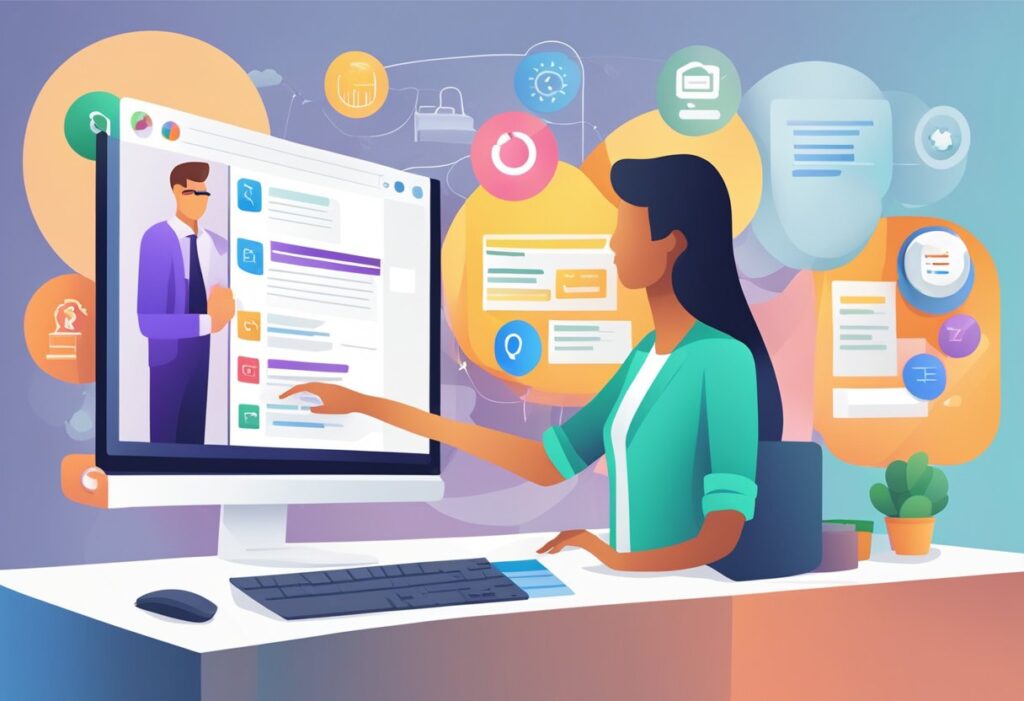
To build a custom CRM, there are several key steps that must be taken. First, you must define your business requirements and goals. This will help you determine what features and functionality your CRM needs to have. Next, you must choose a platform or framework to build your CRM on. There are many options available, and each has its own strengths and weaknesses. Finally, you must design and develop your CRM, ensuring that it meets your business requirements and is user-friendly.
Building a custom CRM can be a significant investment of time and resources, but it can also provide significant benefits to your business. With a custom CRM, you can ensure that your system is tailored to your specific needs, providing a more efficient and effective way to manage your customer interactions. By following the key steps outlined in this article, you can build a custom CRM that meets your business requirements and provides a competitive advantage.
Table of Contents
Understanding CRM
When it comes to building a custom CRM, it’s important to first understand what a CRM is and how it can benefit your business.
A CRM, or Customer Relationship Management system, is a software tool that helps businesses manage their interactions with customers and potential customers. It allows businesses to store important customer data, track customer interactions, and automate certain processes related to sales, marketing, and customer service.
By using a CRM, businesses can gain a better understanding of their customers and their needs, which can lead to improved customer satisfaction and increased sales.
Some of the key benefits of using a CRM include:
- Improved customer data management: A CRM allows businesses to store all customer data in one place, making it easier to access and manage.
- Better customer insights: By tracking customer interactions and analyzing customer data, businesses can gain valuable insights into their customers’ needs and preferences.
- Increased efficiency: Automating certain processes related to sales, marketing, and customer service can help businesses save time and improve efficiency.
- Improved collaboration: A CRM can help teams work together more effectively by providing a centralized platform for communication and data sharing.
Overall, a CRM can be a valuable tool for businesses of all sizes and industries. By understanding the benefits of a CRM and how it can be customized to meet your specific business needs, you can build a custom CRM that helps you better manage your customer relationships and grow your business.
Planning Your Custom CRM
Before we start building a custom CRM, we need to plan it out. This involves identifying the requirements, setting goals, and creating a roadmap for the development process. Here are some steps to take when planning your custom CRM:
1. Identify Your Requirements
The first step in planning your custom CRM is to identify your requirements. This involves understanding the needs of your business and your customers. You should consider the features and functionality that your CRM should have, such as contact management, lead tracking, and sales forecasting. It’s important to involve all stakeholders in this process to ensure that everyone’s needs are taken into account.
2. Set Goals
Once you have identified your requirements, you should set goals for your custom CRM. These goals should be specific, measurable, achievable, relevant, and time-bound (SMART). For example, you might set a goal to increase sales by 20% within the next year by using your custom CRM. It’s important to keep these goals in mind throughout the development process to ensure that you are on track.
3. Create a Roadmap
The final step in planning your custom CRM is to create a roadmap. This involves breaking down the development process into smaller, manageable tasks. You should prioritize these tasks based on their importance and complexity. It’s important to create a realistic timeline for the development process and to allocate resources accordingly.
In conclusion, planning your custom CRM is a crucial step in the development process. By identifying your requirements, setting goals, and creating a roadmap, you can ensure that your CRM meets the needs of your business and your customers.
Requirements Gathering
When building a custom CRM, it’s important to start with a solid foundation of requirements. This will help us ensure that we’re building a solution that meets the needs of the business, users, and technical requirements.
Identifying Business Needs
The first step in gathering requirements is to identify the business needs. This involves working with stakeholders to understand the goals and objectives of the CRM system. We need to know what the business wants to achieve with the system, what processes need to be supported, and what data needs to be captured.
To identify the business needs, we can use techniques such as interviews, surveys, and workshops. We can also analyze existing processes and systems to get a better understanding of the business requirements.
User Requirements
Once we have identified the business needs, the next step is to gather user requirements. This involves understanding the needs of the people who will be using the CRM system. We need to know what tasks they will be performing, what information they need, and how they will interact with the system.
To gather user requirements, we can use techniques such as user interviews, focus groups, and user observation. We can also create user personas and scenarios to help us understand the needs of different user groups.
Technical Requirements
The final step in gathering requirements is to identify the technical requirements. This involves understanding the technical environment in which the CRM system will be deployed. We need to know what hardware and software platforms will be used, what integration points need to be supported, and what security requirements need to be met.
To identify the technical requirements, we can work with IT stakeholders and technical experts. We can also analyze existing systems and infrastructure to get a better understanding of the technical environment.
| Technique | Description |
|---|---|
| Interviews | One-on-one meetings with stakeholders or users to gather information |
| Surveys | Questionnaires sent to stakeholders or users to gather information |
| Workshops | Group sessions with stakeholders or users to gather information |
| User observation | Observing users as they perform tasks to gather information |
| User personas | Fictional characters that represent different user groups |
| Scenarios | Stories that describe how users will interact with the system |
Key Takeaways:
- Requirements gathering is an important first step in building a custom CRM.
- We need to identify the business needs, user requirements, and technical requirements.
- Techniques such as interviews, surveys, and user observation can be used to gather requirements.
- User personas and scenarios can help us understand the needs of different user groups.
- Technical requirements need to be considered when building a custom CRM.
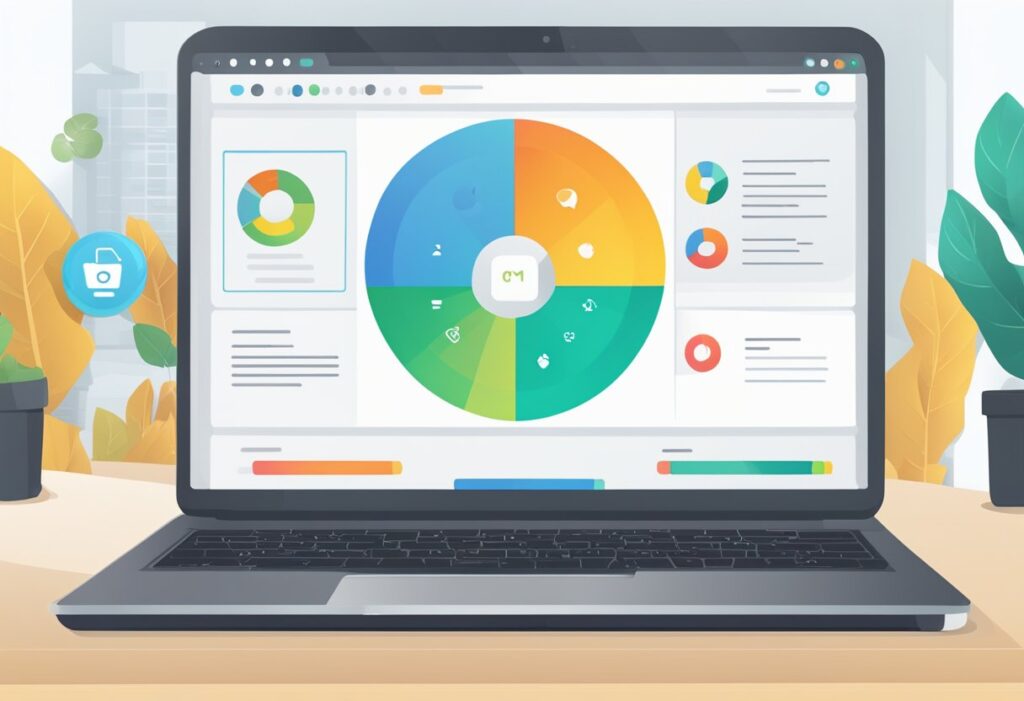
Designing the CRM
When designing a custom CRM, it’s important to consider the user interface, database design, and security design to ensure the system is efficient, user-friendly, and secure.
Interface Design
The user interface is a critical aspect of any CRM system. It should be designed to be intuitive and easy to use, with clear navigation and a logical structure. We recommend using a modern, responsive design that works well on all devices, including desktops, laptops, tablets, and smartphones.
To achieve this, we suggest using a grid-based layout, with consistent typography, color, and spacing. It’s also important to use clear and concise language throughout the system, avoiding jargon and technical terms wherever possible.
Database Design
The database design is another critical aspect of a custom CRM system. It should be designed to be scalable, flexible, and easy to maintain. We recommend using a relational database management system (RDBMS) such as MySQL or PostgreSQL.
To ensure the database is efficient and performs well, we recommend using indexes and optimizing queries. We also suggest using a data normalization strategy to minimize data redundancy and improve data integrity.
Security Design
Security is a top priority when designing a custom CRM system. It’s important to protect user data and prevent unauthorized access or data breaches. We recommend using a multi-layered security approach that includes encryption, access controls, and monitoring.
To achieve this, we suggest using SSL/TLS to encrypt data in transit and hashing algorithms to encrypt data at rest. We also recommend implementing role-based access controls to restrict access to sensitive data and using intrusion detection and prevention systems to monitor for suspicious activity.
Overall, designing a custom CRM system requires careful consideration of the user interface, database design, and security design. By following these best practices, we can create a system that is efficient, user-friendly, and secure.
Development Phase
During the development phase, we will focus on building the frontend and backend of the custom CRM. This phase involves designing and implementing the user interface, creating the database schema, and developing the application logic.
Frontend Development
In the frontend development stage, we will create the user interface of the custom CRM. This involves designing the layout, creating wireframes, and implementing the design using HTML, CSS, and JavaScript. We will use a modern front-end framework such as React or Angular to build the user interface.
To ensure that the user interface is responsive and user-friendly, we will conduct user testing and gather feedback from users. We will also implement best practices for accessibility and usability.
Backend Development
In the backend development stage, we will create the server-side logic of the custom CRM. This involves creating a database schema, implementing business logic, and building RESTful APIs to connect the frontend to the backend.
We will use a modern backend framework such as Node.js or Django to build the backend. We will also implement best practices for security, scalability, and performance.
To ensure that the backend is robust and reliable, we will conduct unit testing, integration testing, and load testing. We will also monitor the performance of the backend using tools such as New Relic or Datadog.
Overall, the development phase is a critical stage in building a custom CRM. By focusing on frontend and backend development, we can create a user-friendly and reliable application that meets the needs of our clients.
Testing the CRM
As we near completion of our custom CRM, it’s important to ensure that it functions as intended. This involves thorough testing to identify and address any issues that may arise. We will be performing functional, performance, and security testing to ensure that our CRM meets our standards and those of our clients.
Functional Testing
Functional testing involves testing the individual functions of the CRM to ensure that they work as intended. This includes testing the user interface, data entry and retrieval, and workflow processes. We will be using a combination of manual and automated testing to ensure that all functions are working as intended.
Performance Testing
Performance testing involves testing the speed and scalability of the CRM. This includes testing the system’s response time under different levels of load and stress. We will be using load testing tools to simulate heavy usage and identify any bottlenecks or performance issues.
Security Testing
Security testing involves testing the system’s ability to protect sensitive data and prevent unauthorized access. This includes testing the authentication and authorization processes, as well as testing for vulnerabilities such as SQL injection and cross-site scripting. We will be using a combination of manual and automated testing to ensure that our CRM is secure and meets industry standards.
In conclusion, testing is a critical part of the CRM development process. By performing thorough functional, performance, and security testing, we can ensure that our CRM meets our standards and those of our clients.
Deployment and Maintenance
Implementing the CRM
Once the custom CRM has been developed, it’s time to implement it. This involves installing the software on the necessary servers and configuring it to meet the specific needs of the business. We will work closely with the IT team to ensure a smooth installation and integration with any existing systems.
Training Users
Once the CRM is up and running, it’s important to ensure that all users are properly trained on how to use it. We will provide comprehensive training sessions for all users, including sales representatives, customer service representatives, and managers. The training will cover everything from basic navigation to advanced reporting features.
Ongoing Support and Updates
After the initial implementation and training, we will continue to provide ongoing support and updates to ensure that the CRM remains up-to-date and meets the evolving needs of the business. This includes regular software updates, bug fixes, and feature enhancements. We will also provide technical support to address any issues that may arise.
To ensure the highest level of support, we offer a range of support packages to fit the needs and budget of the business. These packages include various levels of support, including phone and email support, on-site support, and remote support. We will work with the business to determine the best support package based on their specific needs.
Overall, our goal is to ensure that the custom CRM is deployed and maintained in a way that maximizes its value to the business. We are confident in our ability to provide comprehensive support and training to ensure that the CRM is a valuable asset to the business.

Frequently Asked Questions
What are the key steps to building a custom CRM system?
To build a custom CRM system, the key steps include defining your requirements, designing the system architecture, selecting the right technology stack, developing and testing the software, and deploying it to your infrastructure.
How can I develop a no-code custom CRM?
There are several no-code platforms available that allow you to build custom CRM systems without any programming knowledge. These platforms provide drag-and-drop interfaces to design the system, and you can customize it with your business logic and rules.
Is it possible to build a CRM system from scratch?
Yes, it is possible to build a CRM system from scratch. However, it requires a significant amount of time and effort to design, develop, and test the software. You also need to have a good understanding of the business requirements, system architecture, and technology stack.
What are the essential features of a custom CRM system?
The essential features of a custom CRM system include contact management, lead management, sales pipeline management, customer service management, marketing automation, analytics and reporting, and integrations with other business systems.
How much does it cost to develop a custom CRM software?
The cost of developing a custom CRM software depends on various factors such as the complexity of the system, the technology stack used, the number of features required, and the development team’s location. On average, it can cost anywhere from $50,000 to $200,000 or more.
Can I create my own CRM system without programming knowledge?
Yes, you can create your own CRM system without programming knowledge by using no-code platforms or hiring a development team that specializes in building custom CRM systems. However, having some basic understanding of the system architecture and technology stack can be helpful in designing and customizing the system to meet your business needs.

